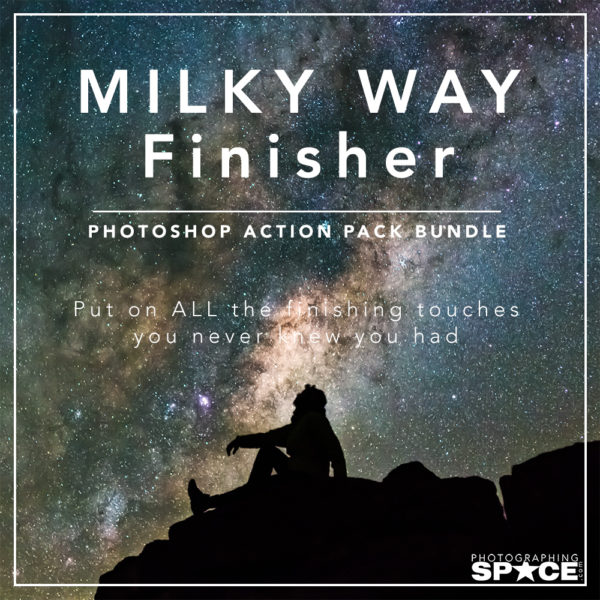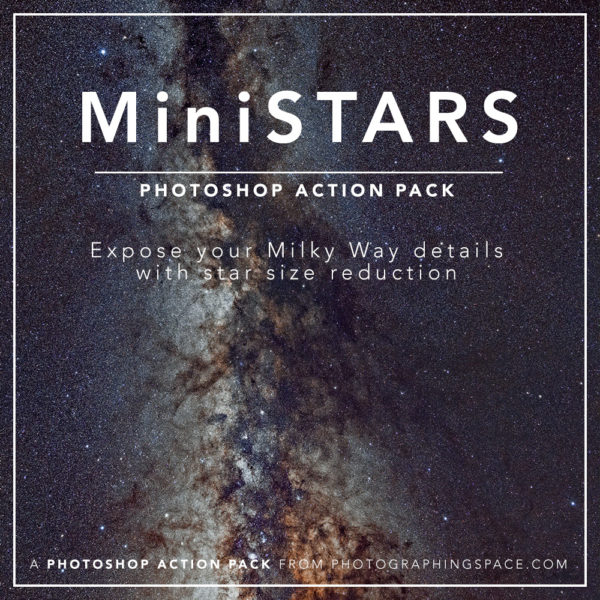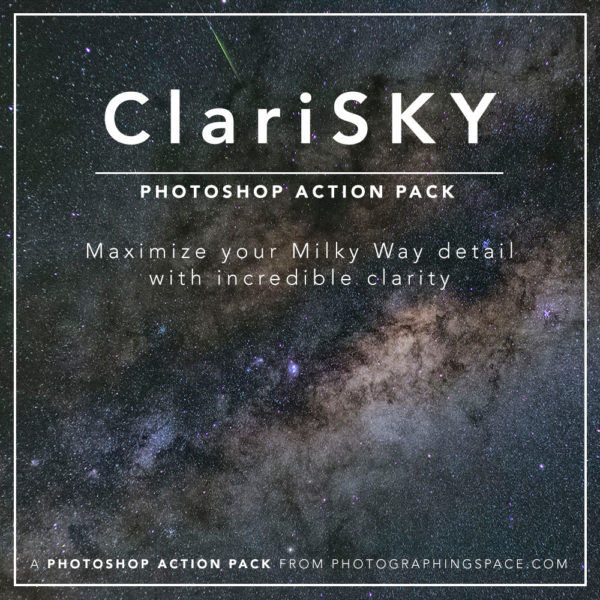Shooting star trails is easily one of my favourite astrophotography subjects.
Capturing the motion of the stars as they cross the night sky, combined with something interesting in the foreground makes for memorable photos. But something many people seem to miss is capturing the star colour.
 Not all stars are created equal. They vary from blueish-green tones, to white, yellow, orange and red. The colour of a star indicates its surface temperature. Our own sun is yellow, which is the average mid range of star colour.
Not all stars are created equal. They vary from blueish-green tones, to white, yellow, orange and red. The colour of a star indicates its surface temperature. Our own sun is yellow, which is the average mid range of star colour.
Stars with a blueish-green hues are much hotter than our sun, but have a shorter lifespan.
White to blue stars are also hotter than the sun, have a longer lifespan than blue stars, but not as long as our sun.
Yellow stars, like ours, are normally in the middle of their life expectancy.
Orange to red stars are approaching the end of their lives, they are bigger and cooler than our sun.
(Star colours explained)
Capturing these colours in star trail images can aid in adding a scientifically accurate and dramatic effect to your composition.
And the secret: Don’t blow out your stars!
Photographing star trails should not share the same settings as photographing the Milky Way.
- Lower your ISO. Yes, you need to amplify the light you collect, but you’re not shooting for tiny light sources in one frame. When you compile your star trail data, the multiplicative effect will highlight the stars sufficiently and bring out their colour.
- Stop your aperture down a full stop if you have fast glass (f/2.8 or faster should be dropped to around f/4 or so). This will also allow you to cut that tiny bit of “star bloat” around your stars to help give you clear defined streaks of light.
- Apply sufficient saturation to your image to enhance star colour in post production (something that would be difficult had they been blown out).

My go-to settings for shooting star trails:
In my backyard: (YES, in a very heavily light polluted area!)
Shutter speed: 30 sec, continuous shooting enabled.
ISO 200 or 400.
F/4 (my lens is capable of F/2.8)
In dark skies:
Shutter speed: 30 sec, continuous shooting enabled.
ISO 800-1600 at F/4
For foreground lighting you can use higher ISO settings or light painting techniques. It’s best to experiment with these prior to shooting your star trail sequence so that you’re assured of having lighter frames to blend in post-processing.







Wonderful colours there Tanja. Think I have been blowing mine right out.
Great to know that . exploring unlimited terrestrial
Thanks for the pointers Tanja. I’ve been shooting at F/2.8 and intrested to see how my images turn out at f/4. I’ve recently upgraded to a Nikon D610 which has the continuous shooting mode but not used it, I assume i just turn it on and not put a delay between shots on the remote timer? Is there a danger of over cooking the sensor using continuous shooting mode?
Hi Gareth,
You definitely don’t need to worry about using continuous shooting mode, it’s not like the video modes. And yes, you assume correctly — just enable it and use no delay in between shots!
Cheers,
Cory
Hi!
How I join this amount of photos in one?
Hi Tobias,
We recommend using the StarStax application, it’s free, multiplatform, and easy to use: http://www.markus-enzweiler.de/software/software.html
Cheers,
Cory
Great tips, Thanks. However what white balance setting do you recommend for getting those amazing colors?
When shooting in Raw format, you can adjust the white balance in post-production. But starting off on the right value always helps, and definitely required if you’re shooting to Jpeg. White balance settings can vary from 2,800 up to as high as 4,800. It is all dependent on the darkness of the night sky of your shoot location. You will find that in more light polluted areas a cooler colour temperature like 3,200 up to 3,800 will work well – and in darker skies 4,200 – 4,800 might be better. I suggest a few test shots before you start shooting to find a value that works with your location. But again – that’s why shooting Raw is always better. Also note that the star colour is also a result of not over-exposing the stars. So while in normal Milky Way photography you’d want to push your ISO to the maximum – dial it back slightly for star trails to retain better star colour. Good luck! Please share your results with us!
This is a very good article but my issue is the focusing of the stars…or even milky way galaxy…how are you supposed to focus your lens for far away objects at night…because the light buildup in view finder or display screen of DSLR camera is not sophisticated enough to hint if you’ve focused right or not…how do you remedy this issue?
Great, concise article !! I’ve struggled with this seemingly simple type of night-sky image for a long time, always getting one of the many settings wrong. I was wondering if you enable the Long Exposure Noise Reduction function (essentially a dark frame following the light frame) in your DSLR? Does LENR affect Continuous Shooting mode – that is, does the camera understand that each 30s frame is actually 60+ sec long, and does it handle the longer total exposure properly? I’ve got a Nikon D610 which include Continuous Shooting mode, but have never used CS for a night image – I’ve always used an intervalometer with the minimum delay between successive frames, with the assumption that the intervalometer gives me reliable and consistent time periods between images.
Hi Rod,
I do not recommend using long-exposure NR for almost any astrophotography. Rather use noise reduction processes in post, where you have much more control.
For star trails, using a remote shutter release (locked “on”) and continuous shooting mode is a very simple and easy way to get it done with minimal/no delay between frames.
Cheers,
Cory
Can you give some insight regarding why capture hundreds of 30 second images rather than tens of 3 minute images? From my very limited experience the drawback to 3 minute capture intervals the amount of time required to compose and get exposure right. The drawback to 30 second captures is the post processing effort and storage requirements.
Hi Chris,
Here are a few reasons:
1. 30-seconds is the max (manual mode/non-bulb) exposure length of most cameras. So you don’t need an intervalometer.
2. Post processing effort of 10s of images vs. 100s is a non-issue. Once you edit one to your liking, you just paste the modifications to the others.
3. Storage requirements is different, yes, but it’s not worth the trouble to worry about a 3-minute exposure.
4. With a 30-second exposure, it’s easier to deal with problems in or issues in your sequence. Physical problems like car headlights, camera shake, etc., can be fixed in post easier than a long 3-minute exposure.
Cheers!
Cory
Cory,
Your advice is most useful. I was and am still really amazed that you can get colour in star trails in the city.
Thank you and kind regards,
Rachel
Wonderful article thank you for sharing your knowledge….I will be passing this on to our camera club members that are learning to do star trails.Thank you again.
[…] How To Maintain Star Colour In Your Star Trail Images […]
[…] How To Maintain Star Colour In Your Star Trail Images […]
Hi Tanja,
Tks for your artcile. I hv 2 questions:
1) I hv a Laowa prime lens and biggest aperture is f2. Do I dial back just one stop to 2.8 or still using f4 as per your advise
2) I like to minimise as much noise as possible. What if I use f2 to catch the max light as much as possible and play with ISO and duration of exposure accordingly (be it 10s or 25s but not neccessary 30s), do a few test shots by varying what I hv just said, and zoom out to check whether can see a little streak in the LCD. I may jolly well end up with just ISO200 even in a dark sky. Do you recommend this approach? Tks